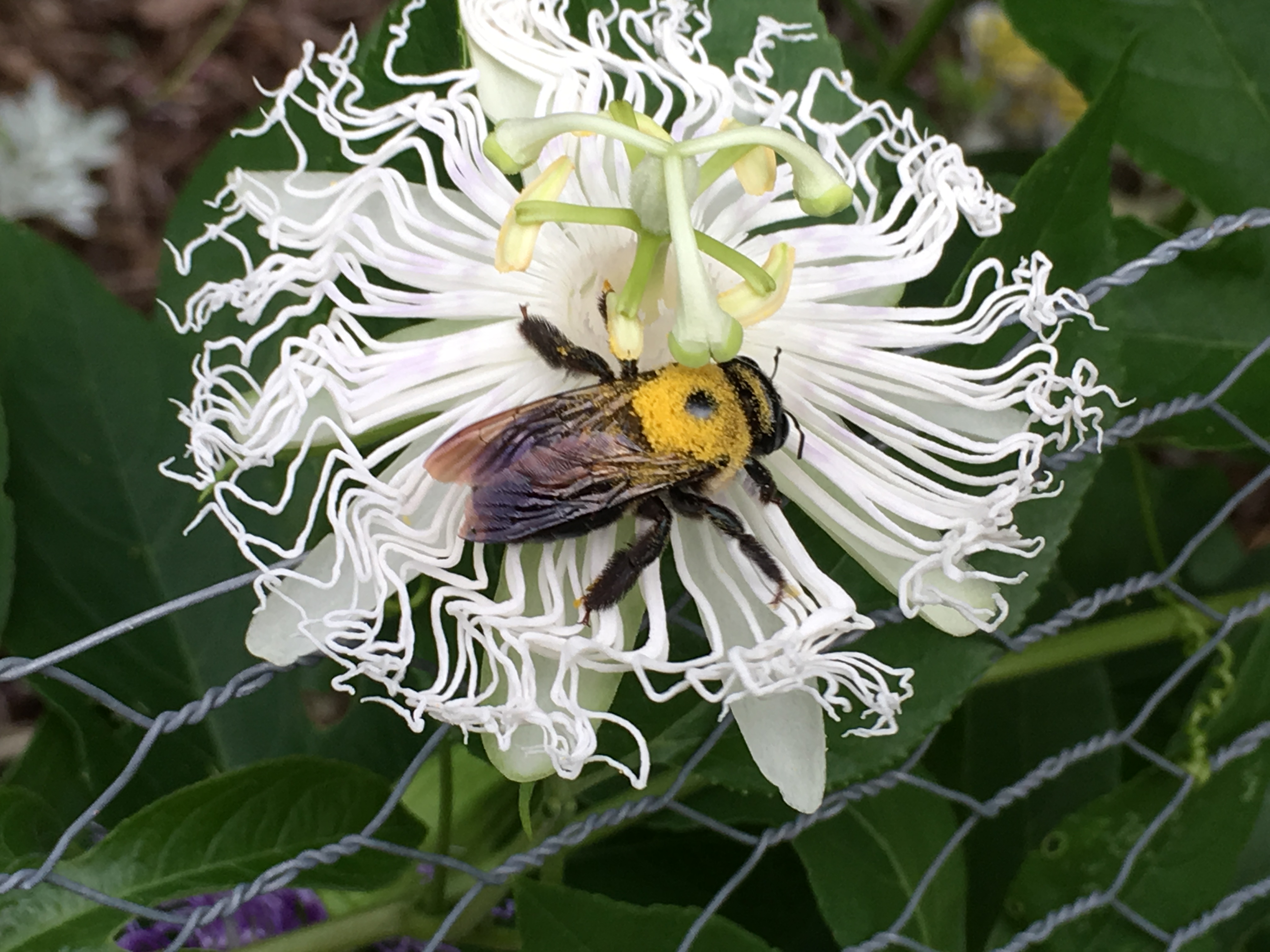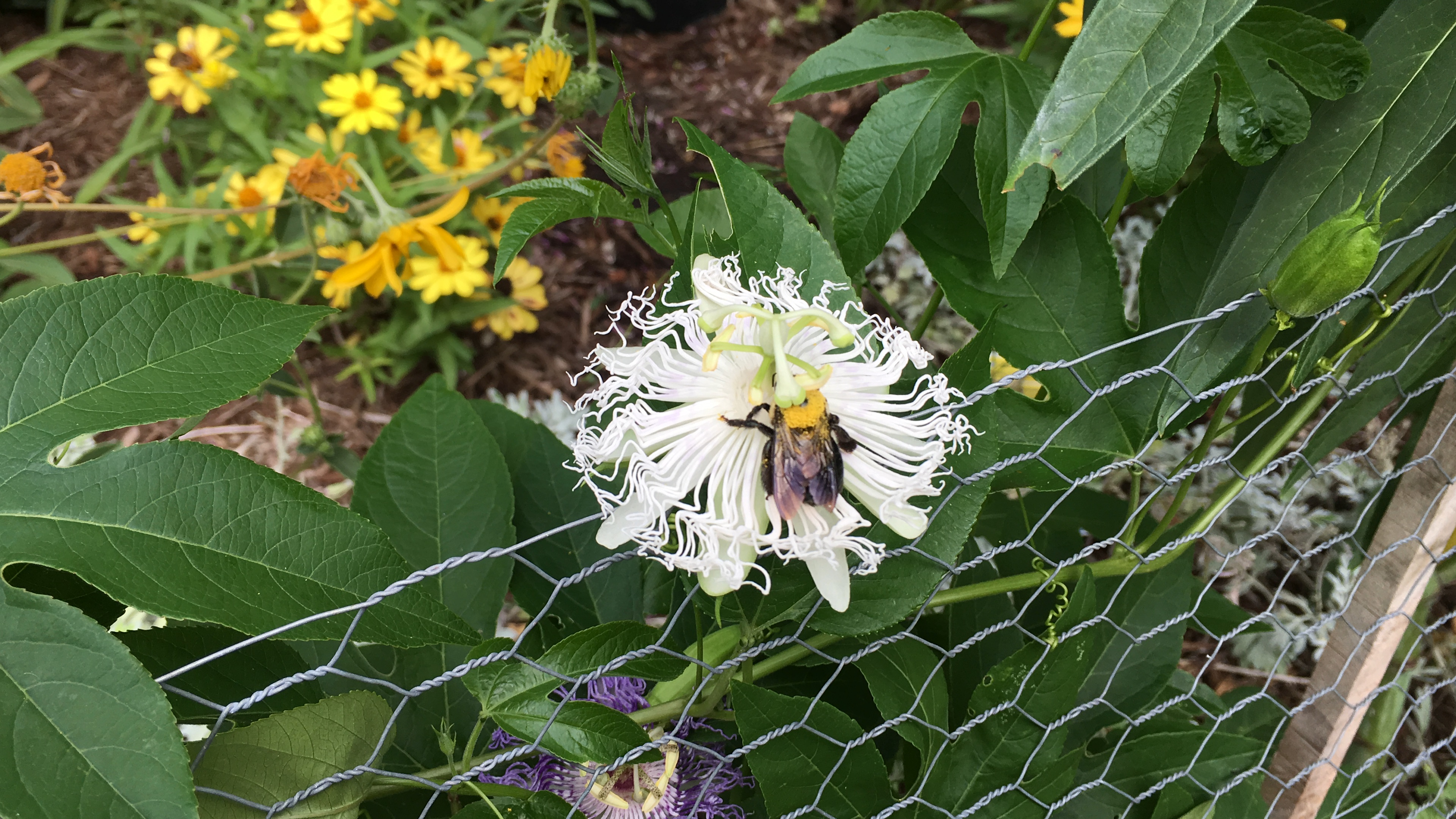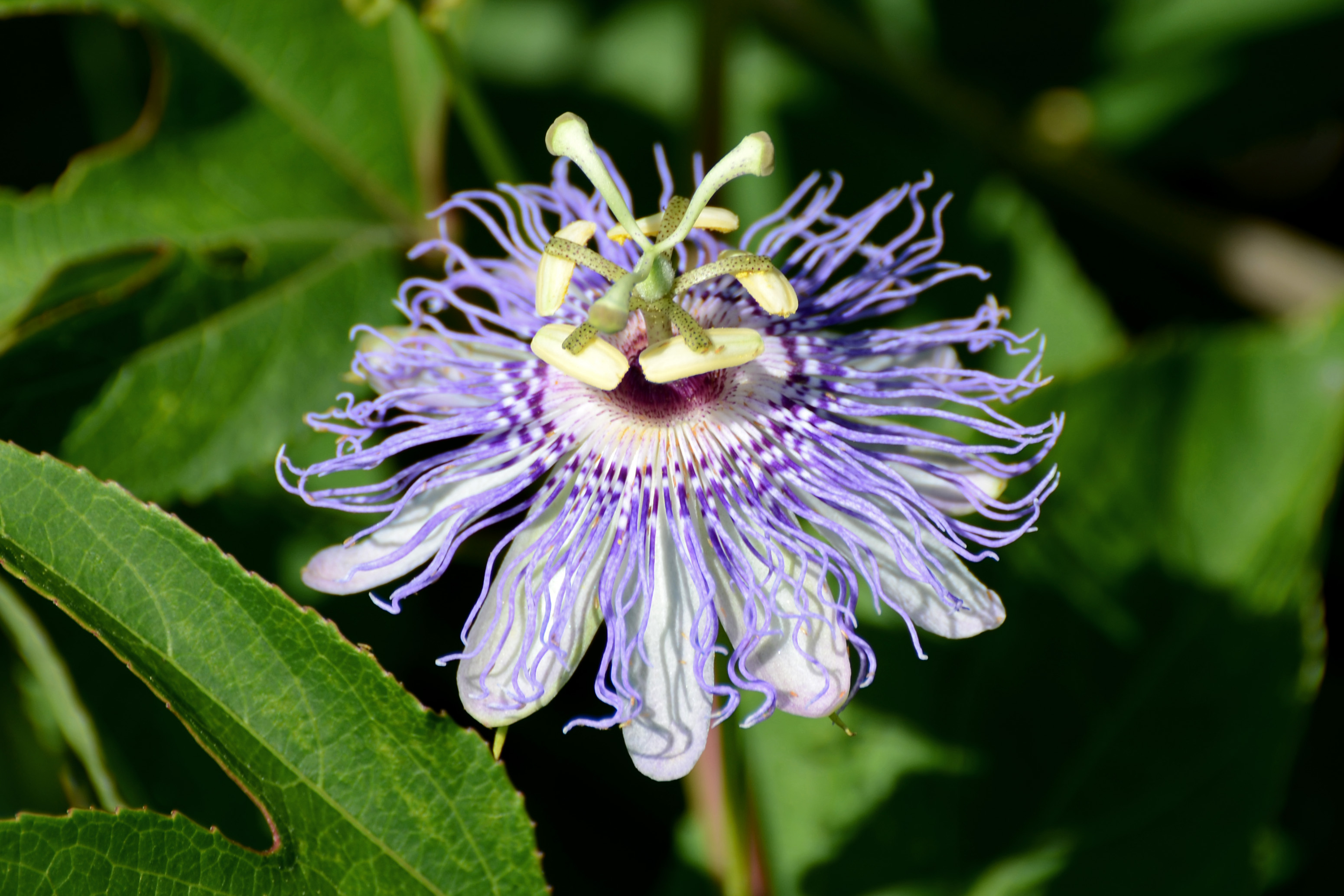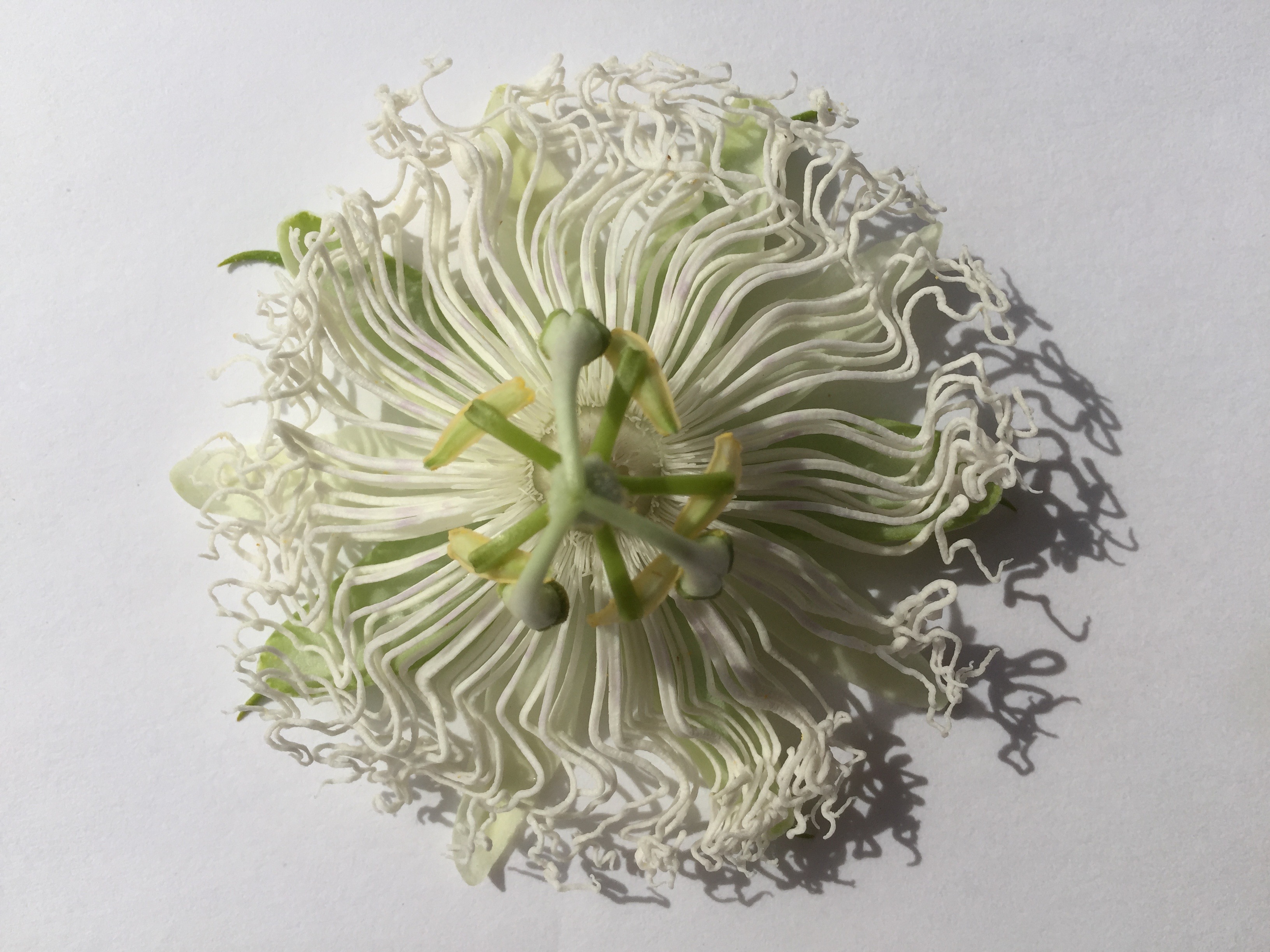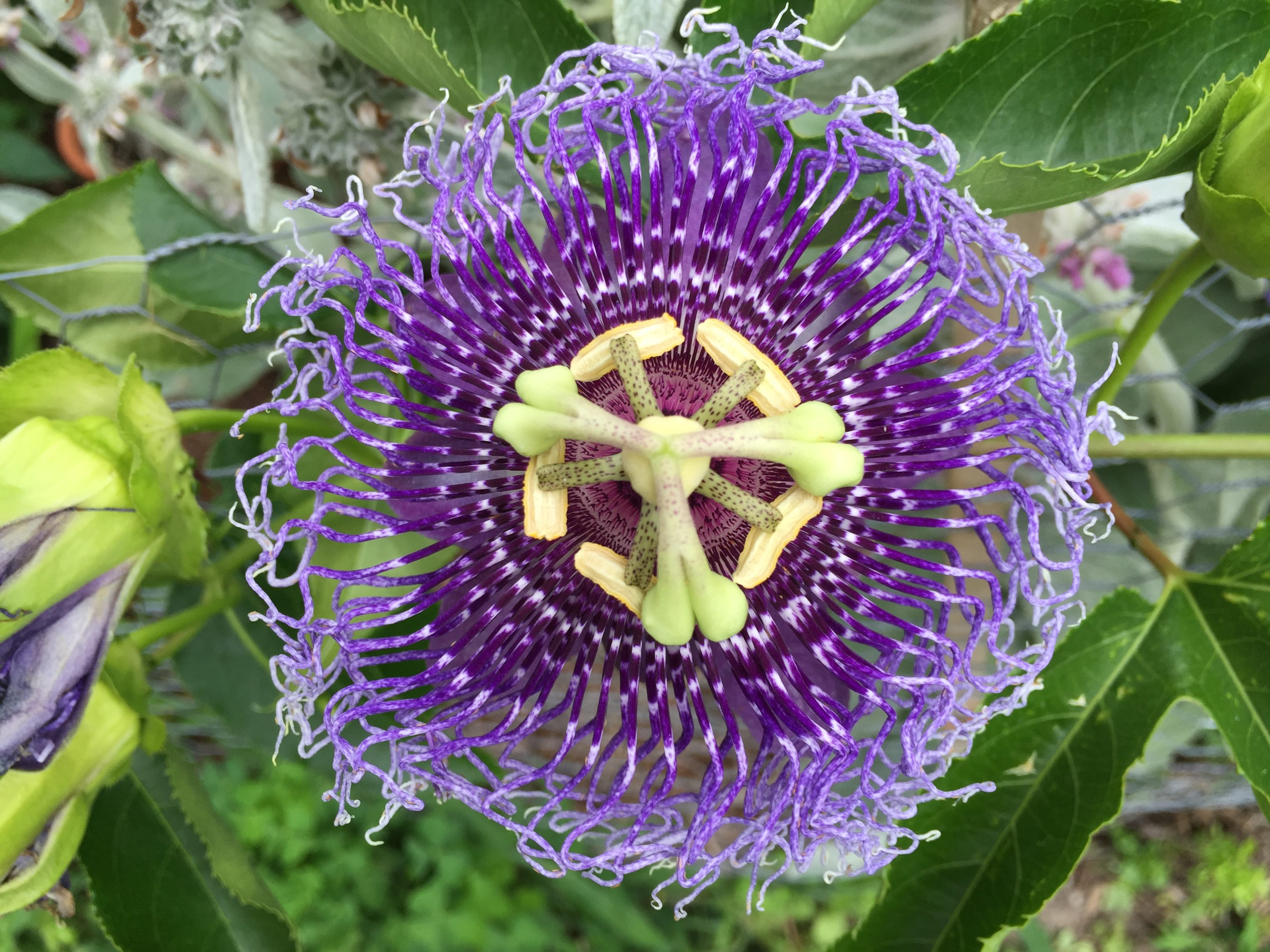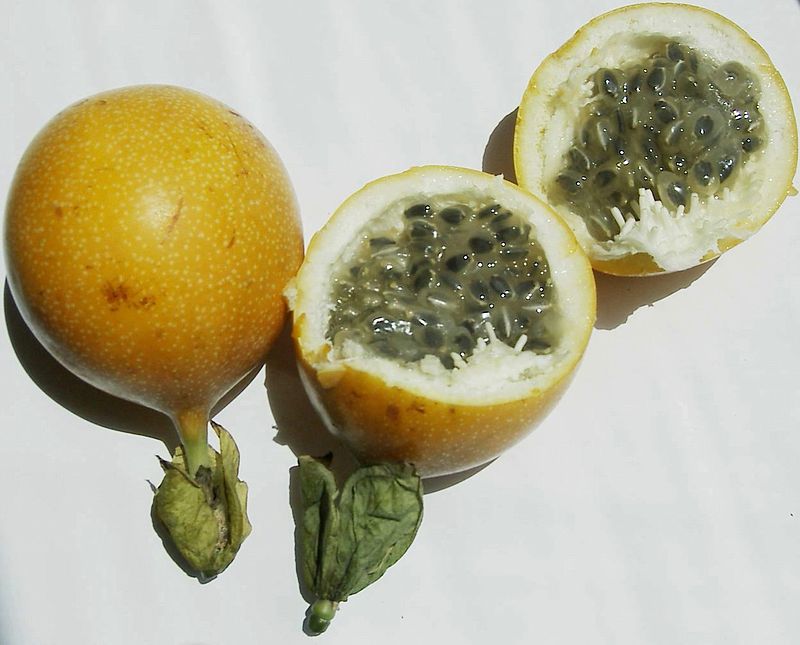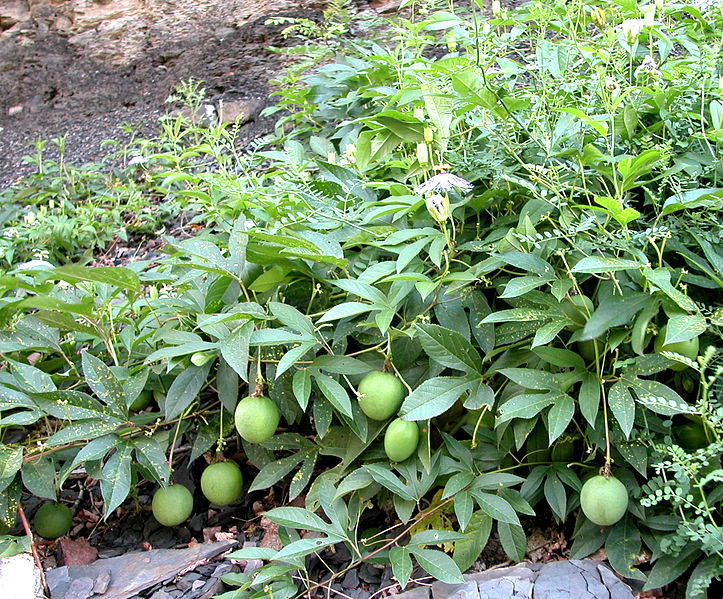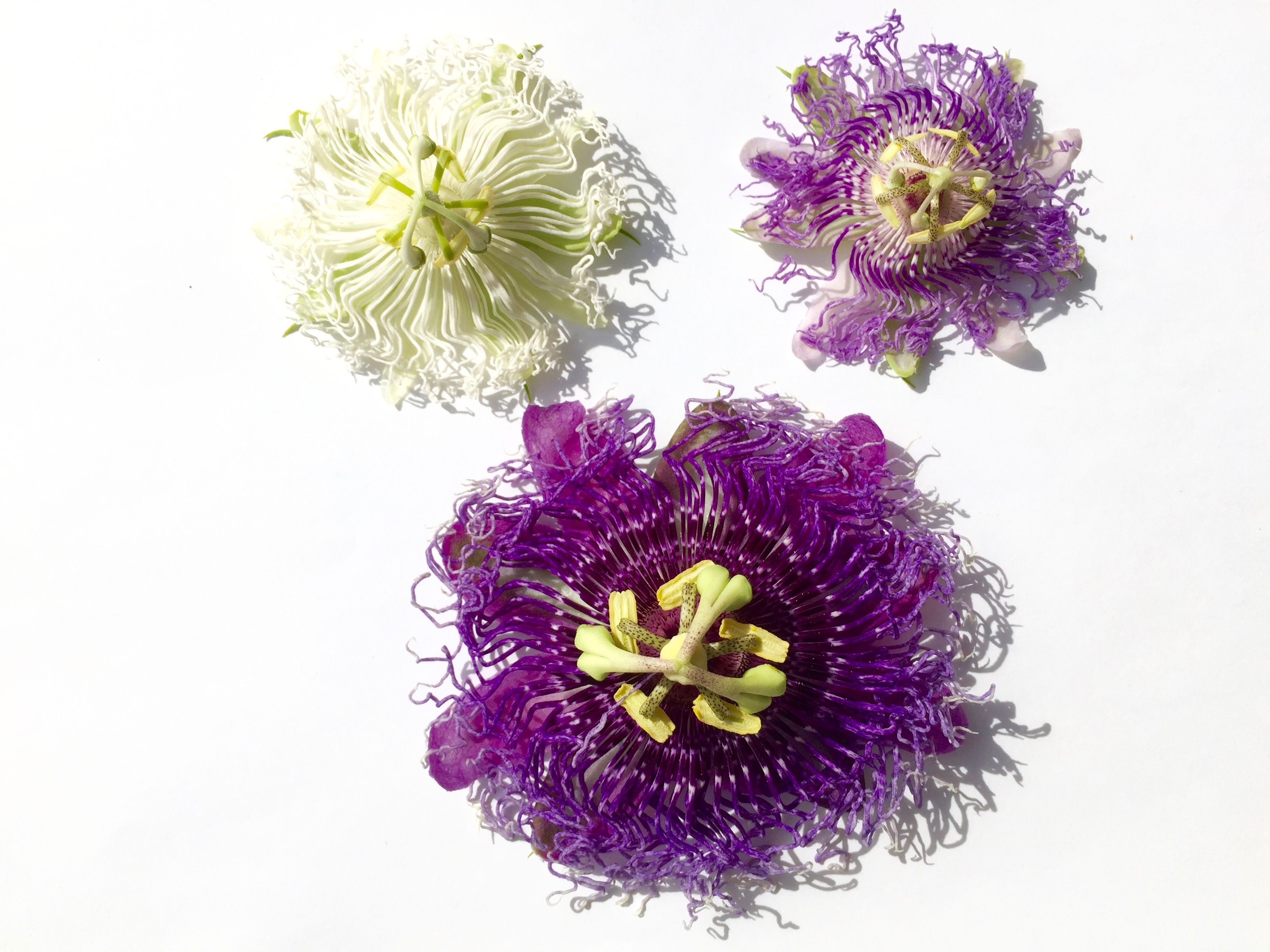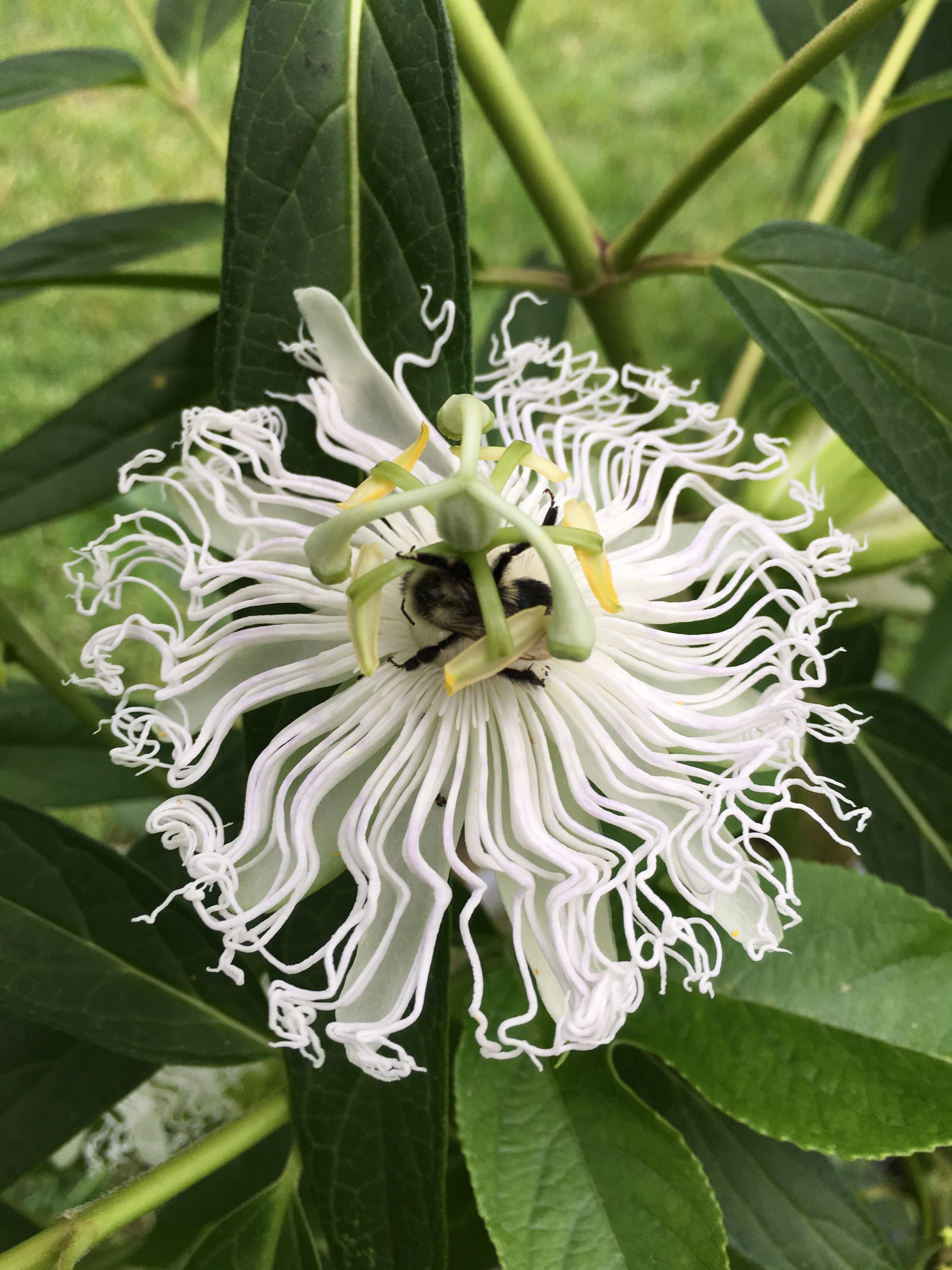By: Daniel Greiner

Natures free bounty rains from the sky each fall so why let the squirrels have all the fun?

Believe it or not Michigan boasts many edible varieties of edible nuts. If your not in Michigan fear not because most of these species occur over much of the United states so you’ll at least be able to harvest some of these in your area.
Lets start out with Hickories:
Hickories are super tasty and my all time favorite! They are super buttery and sweet. The easiest and most recognizable hickory would be the shag bark hickories. You can spot them from a long distance by their characteristic shaggy & exfoliating bark.

They are extremely long lived and often reside along fence rows and roads. The time to collect these is in mid to late September. The drup is often still covered in a green hull that is quartered and easy to pull off.


Once you harvest them you can drop them in a bucket of water and the ones that sink are 100% good and the ones that float may either have a worm or a small air pocket that allows it to float. I still crack open the floaters and have found them to be mostly good.
Second nut on the menu is Black Walnuts:
Now i know what your saying already….”Black Walnuts! Who eats those?!” but seriously you gotta try them. The obvious thing about them is they are literally everywhere. If you don’t know what black walnuts look like then your an idiot, just kidding lol. Black walnuts grow to be large trees with dark furrowed bark and bright green leaves that come out in bunches along the branch as seen below.

I like to think of them as Michigan’s coconut trees as they have that tropical feel to them. Once the nuts start to rain from the tree is when you need to get out there and pick them up. I gather them up in five gallon buckets.

as you can see above the walnuts I picked are perfect. The outer husk has soften and bruised and this makes for removing it a breeze. I then take a knife and cut into it and pull the husk off the nut. After you have done this wash and rinse the nuts till the water runs clear. Don’t forget to wear gloves unless you want your hands to look like someone did Indian henna art with a 4 inch brush. Trust me I have not used gloves before and you get some weird looks from people when your at the store picking out produce. It looks like you have brown crap all over your hands from hulling the walnuts. The next step after hulling and washing is drying and curing.

Here is about a bushel of black walnuts that sat in the sun for three days to dry out and begin the curing process. This allows the nut meat inside to mature and dry down a bit. If you try and eat them sooner its pretty gross so just cure the darn things okay? Curing takes 2 weeks. Hang them in a mesh bag to keep airflow around them.
Third nut on the menu is Chestnuts.
Yes i said chestnuts. You can find them in certain areas you just gotta scout it out and get there before the deer and the squirrels.

Now before you go running down the street to the tree that you think is a chestnut lets get a few things strait. The edible kind are the ones that will make your hands bleed if you try and pull the spiny hulls off them before they release.

I usually use a stick to pop out the loose nuts. better to use a tool then make your hand bleed. Now the “common” chestnut that most people think of is the Horse Chestnut. These are not edible and if you try to eat them you will regret it as they are oh so bitter and astringent.

Yucky chestnuts that you shouldn’t eat. The hull is spiny but not that much of a deterrent so thats a good sign its not the right kind.
So now that I’ve laid it all out for you guys go out there and make like a squirrel. Try some of natures “organic” “free” and downright tasty gifts from the sky. Stop loathing those black walnuts that you keep mowing over and pick them up and eat them!






























































